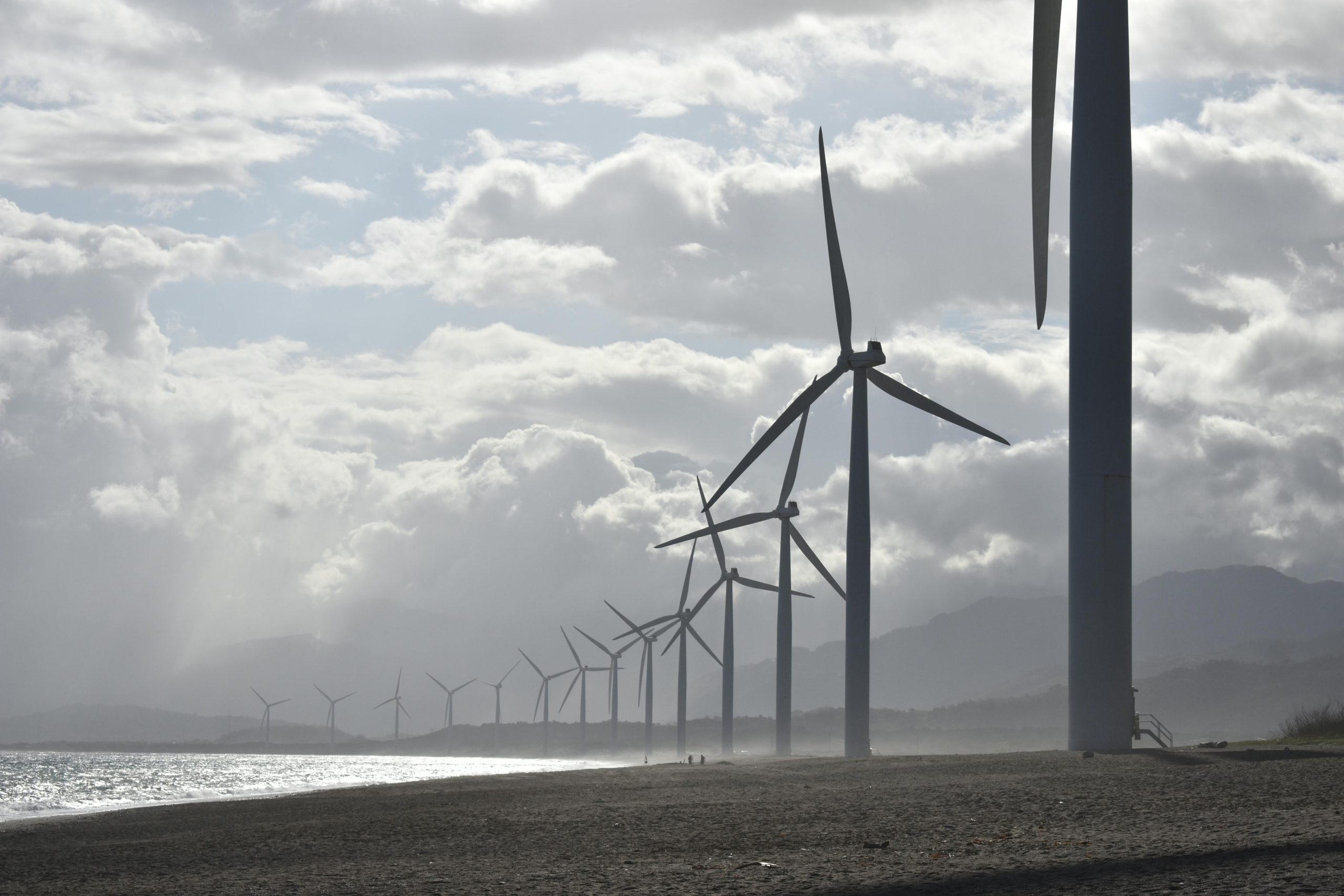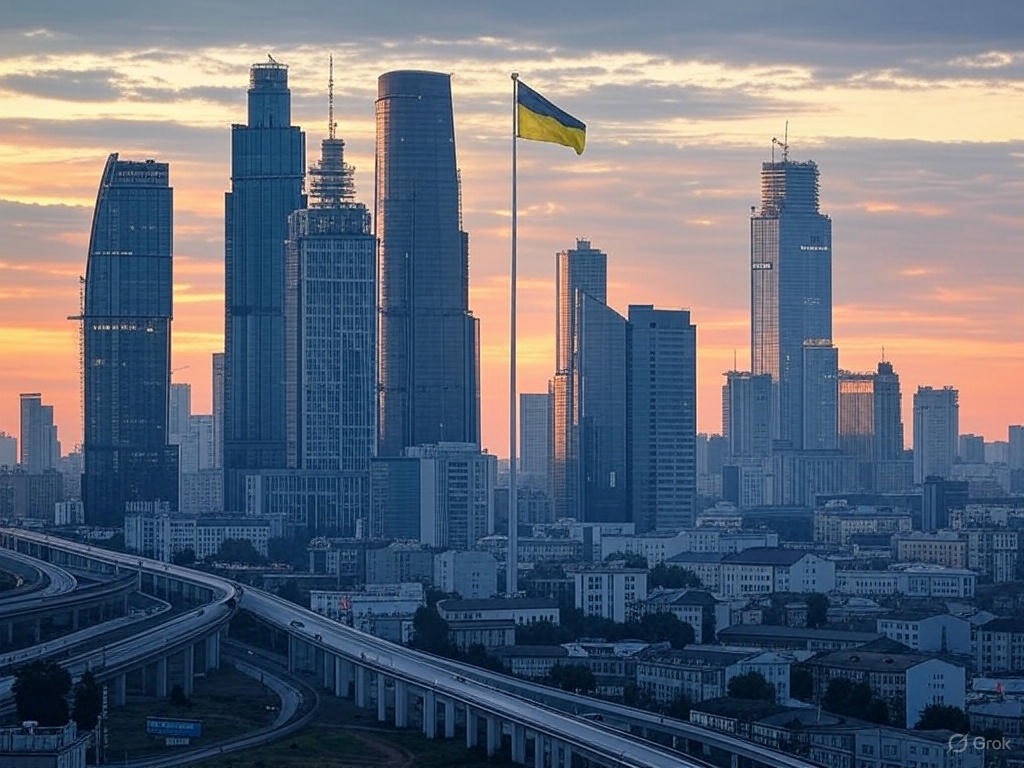Introduction
The global transition towards renewable energy is exhibiting a marked divergence. While the United States is currently encountering significant setbacks that have stalled progress, key regions across Africa, Europe, Asia, the Middle East, and Latin America continue to accelerate their deployment of green technologies. This analysis examines the factors contributing to the slowdown in the US market and contrasts them with the drivers fueling continued expansion elsewhere, identifying critical implications for investors and market participants navigating the evolving geopolitical and economic landscape of energy.
The US Renewable Energy Landscape: Navigating Significant Headwinds
Recent developments have created a challenging environment for the US renewable energy sector, leading to a considerable deceleration in project development and investment. Several key factors underpin this shift:
- Increased Cost of Capital: A tightening monetary environment and shifting investor sentiment towards lower-risk assets, such as treasury bonds, largely driven by retiring baby boomers divesting from risky assets into cash and treasuries, have significantly constrained capital availability for renewable projects. Financing costs have reportedly quadrupled in some instances. Given that wind and solar projects typically incur around 80% of their total costs upfront, this rise in the cost of capital presents a formidable barrier to financial viability for many new developments.
- Policy Uncertainty and Subsidy Reduction: The anticipated curtailment or elimination of critical support mechanisms, such as those provided under the Inflation Reduction Act (IRA), by the Trump administration has injected significant uncertainty into the market. The renewable industry, heavily reliant on these incentives to bridge competitiveness gaps, faces severe challenges as this policy support becomes precarious.
- Punitive Tariffs on Key Imports: The imposition of substantial tariffs, reportedly reaching 145%, on photovoltaic (PV) modules and battery storage systems imported from China has dramatically increased project costs. Components previously available at highly competitive price points now command significant premiums, fundamentally altering project economics. Industry reports suggest these combined pressures have resulted in approximately 70% of planned US renewable energy projects being shelved or cancelled, placing the nation’s near-term green transition goals in jeopardy.
Global Green Energy Momentum: Regional Spotlights
In stark contrast to the US situation, numerous regions worldwide are maintaining, and often accelerating, their commitment to renewable energy deployment, driven by distinct economic, political, and resource advantages.
- Africa: Leveraging Abundant Solar Resources
The continent, particularly North Africa, possesses unparalleled solar irradiance potential. Countries like Morocco and Egypt are achieving levelized costs of energy (LCOE) for solar PV below $0.02 per kWh. This competitiveness is facilitated by:- Chinese Engineering, Procurement, and Construction (EPC) Presence: Major Chinese firms are developing utility-scale solar parks, sometimes at near break-even costs, potentially as a strategy to secure long-term political and economic influence.
- Gulf Sovereign Wealth Fund Investment: Significant capital injections from Gulf states, seeking to diversify petrodollar assets into “photondollars,” are providing low-cost financing for mega-projects.
- Decentralized Energy Solutions: In rural areas lacking grid infrastructure, solar micro-grids offer a more economical alternative to diesel generators, enabling energy access and leapfrogging traditional grid expansion challenges.
While transmission infrastructure deficits and political risk remain concerns, the sheer scale of the solar resource provides a substantial economic buffer.
- Europe: Policy Certainty and Regulatory Drive
The European Union remains firmly committed to its climate objectives, underpinned by robust policy frameworks:- Contracts-for-Difference (CfDs): These mechanisms provide revenue stability by guaranteeing a floor price for renewable energy producers.
- Concessional Financing: Institutions like the European Investment Bank offer favourable loan conditions for green projects.
- Carbon Pricing: The EU Emissions Trading System (ETS), with carbon prices approaching €100 per tonne, significantly disadvantages fossil fuel power generation, particularly natural gas.
Large-scale offshore wind projects in the North Sea benefit from high capacity factors (approaching 8,000 hours per year), while distributed generation, exemplified by Germany surpassing 100 GW of rooftop solar capacity, thrives with strong homeowner participation. Despite some upward pressure on panel prices due to global supply chain adjustments and tariffs, overarching policy initiatives like Fit-for-55 and REPowerEU, coupled with energy security concerns heightened by the reduction in Russian gas supplies, sustain strong demand.
- Asia: Manufacturing Dominance and Scale
Asia, led by China and India, continues to be the engine room of global renewable deployment:- China: Remains the world’s dominant manufacturer of solar PV modules, with domestic oversupply driving prices below $0.15 per watt. State-directed lending from local banks at rates as low as 2% further supports massive internal deployment, challenging the economics of incumbent coal power.
- India: Consistently achieves record-low bids in renewable energy auctions (e.g., ₹2.14/kWh, approx. $0.026). Production-Linked Incentives (PLIs) are successfully stimulating domestic manufacturing capacity for components like wafers. While grid integration remains a bottleneck, the urgent need to meet peak summer demand (often exceeding 50°C) strongly favours renewables over new coal investments on economic grounds.
- ASEAN: Nations like Vietnam experienced explosive solar growth (adding 20 GW in 2023 driven by feed-in tariffs). Indonesia and the Philippines represent emerging markets with high solar potential and evolving policy landscapes, attracting significant investor interest.
- Middle East & North Africa (MENA): Strategic Diversification by Petro-States
Major hydrocarbon producers are actively investing in giga-scale renewable projects as part of economic diversification strategies:- Dubai’s 5 GW Mohammed bin Rashid Al Maktoum Solar Park and Abu Dhabi’s 2 GW Al Dhafra project (achieving a record low bid of $0.0135/kWh) demonstrate the potential when abundant land, minimal financing costs (often state-backed), and strong government commitment align. While natural gas power plants often remain necessary for grid stability and overnight power, solar energy dominates daytime generation economically.
- Latin America: Harnessing Exceptional Natural Resources
The region benefits from world-class renewable resources:- Chile: The Atacama Desert boasts some of the highest solar irradiation levels globally. This resource, combined with strong demand from the mining sector (copper and lithium), makes solar-plus-storage hybrid systems highly competitive against diesel generators, especially at remote sites.
- Brazil: Onshore wind projects in regions like Bahia and Ceará achieve exceptionally high capacity factors (often exceeding 50%), significantly outperforming fossil fuel alternatives in operational efficiency.
Analysis: Factors Differentiating Global Leaders from the US
The divergence between the US and other leading renewable markets can be attributed to several core factors:
- Lower Cost of Capital: Access to financing at rates between 1-3% remains feasible in many regions, supported by policy banks (China), green bonds (Europe), and sovereign wealth funds (MENA), contrasting sharply with the current US financial environment.
- Supply Chain Access and Tariff Structures: Regions either possess strong domestic manufacturing bases (China, increasingly India) or maintain access to cost-effective imports, notably from China, without the impediment of high tariffs like those imposed by the US.
- Policy Stability and Long-Term Certainty: Developers prioritize predictable, long-term policy frameworks (e.g., 10-year CfDs or Feed-in Tariffs) over potentially volatile subsidy programs susceptible to abrupt political changes. Regulatory stability is often valued even above the absolute level of support.
- Resource Quality: Exceptionally high solar irradiance (Sahara, Atacama, MENA) or wind capacity factors (North Sea, Brazil) provide a natural economic advantage, making projects inherently more resilient to other market or political pressures.
Outlook for the US Renewable Sector
A recovery in the US renewable energy sector is conceivable but contingent upon significant shifts in policy and market conditions. This would likely require a re-evaluation of tariffs, measures to restore access to lower-cost capital, and a substantial acceleration of domestic manufacturing and supply chain resilience. Achieving this confluence of factors represents a complex, medium-to-long-term undertaking rather than an immediate prospect.
Investment Implications and Strategic Considerations
For capital allocators and strategic decision-makers, the current landscape necessitates a pivot in focus. While the US market navigates turbulence, significant opportunities for growth and attractive returns are present elsewhere. Key areas meriting attention include:
- Utility-scale solar developments in Africa, leveraging low costs and resource abundance.
- Offshore wind projects in Europe, supported by strong policy and high capacity factors.
- Hybrid wind-solar and “round-the-clock” renewable power auctions in India, meeting rapidly growing energy demand.
- Large-scale solar projects in the MENA region, backed by state capital and strategic imperatives.
The US market retains long-term potential, but the most compelling near-to-medium term growth trajectories for renewable energy investment currently lie beyond its borders. Adapting investment strategies to align with these global dynamics will be crucial for navigating the next phase of the energy transition.
Disclaimer: Important Legal and Regulatory Information
This report is for informational purposes only and should not be construed as financial, investment, legal, tax, or professional advice. The views expressed are purely analytical in nature and do not constitute financial guidance, investment recommendations, or a solicitation to buy, sell, or hold any financial instrument, including but not limited to commodities, securities, derivatives, or cryptocurrencies. No part of this publication should be relied upon for financial or investment decisions, and readers should consult a qualified financial advisor or regulated professional before making any decisions. Bretalon LTD is not authorized or regulated by the UK Financial Conduct Authority (FCA) or any other regulatory body and does not conduct activities requiring authorization under the Financial Services and Markets Act 2000 (FSMA), the FCA Handbook, or any equivalent legislation. We do not provide financial intermediation, investment services or portfolio management services. Any references to market conditions, asset performance, or financial trends are purely informational and nothing in this report should be interpreted as an offer, inducement, invitation, or recommendation to engage in any investment activity or transaction. Bretalon LTD and its affiliates accept no liability for any direct, indirect, incidental, consequential, or punitive damages arising from the use of, reliance on, or inability to use this report. No fiduciary duty, client-advisor relationship, or obligation is formed by accessing this publication, and the information herein is subject to change at any time without notice. External links and references included are for informational purposes only, and Bretalon LTD is not responsible for the content, accuracy, or availability of third-party sources. This report is the intellectual property of Bretalon LTD, and unauthorized reproduction, distribution, modification, resale, or commercial use is strictly prohibited. Limited personal, non-commercial use is permitted, but any unauthorized modifications or attributions are expressly forbidden. By accessing this report, you acknowledge and agree to these terms-if you do not accept them, you should disregard this publication in its entirety.



